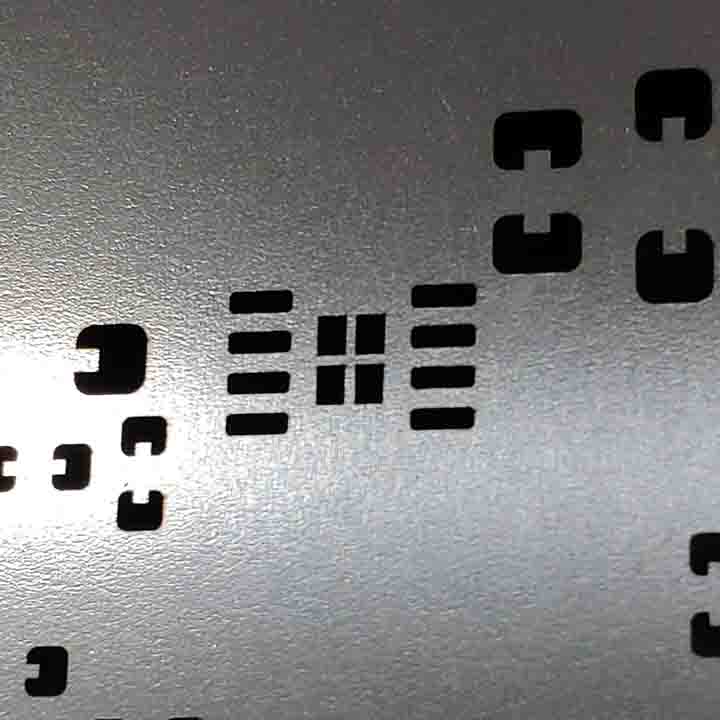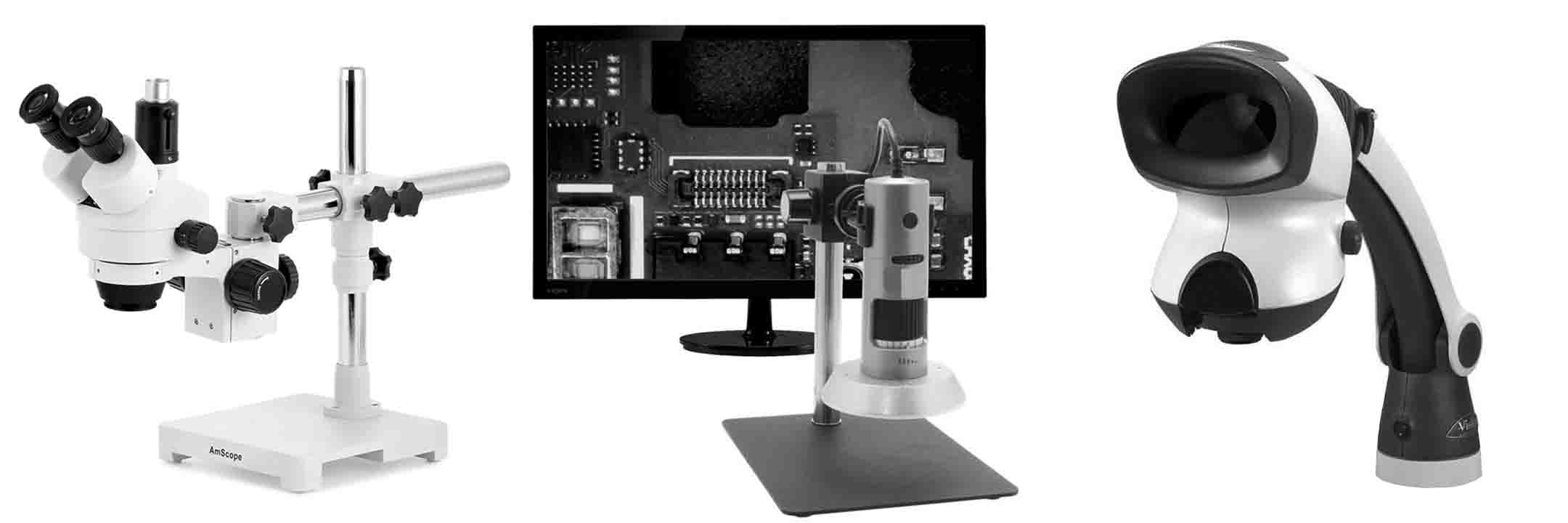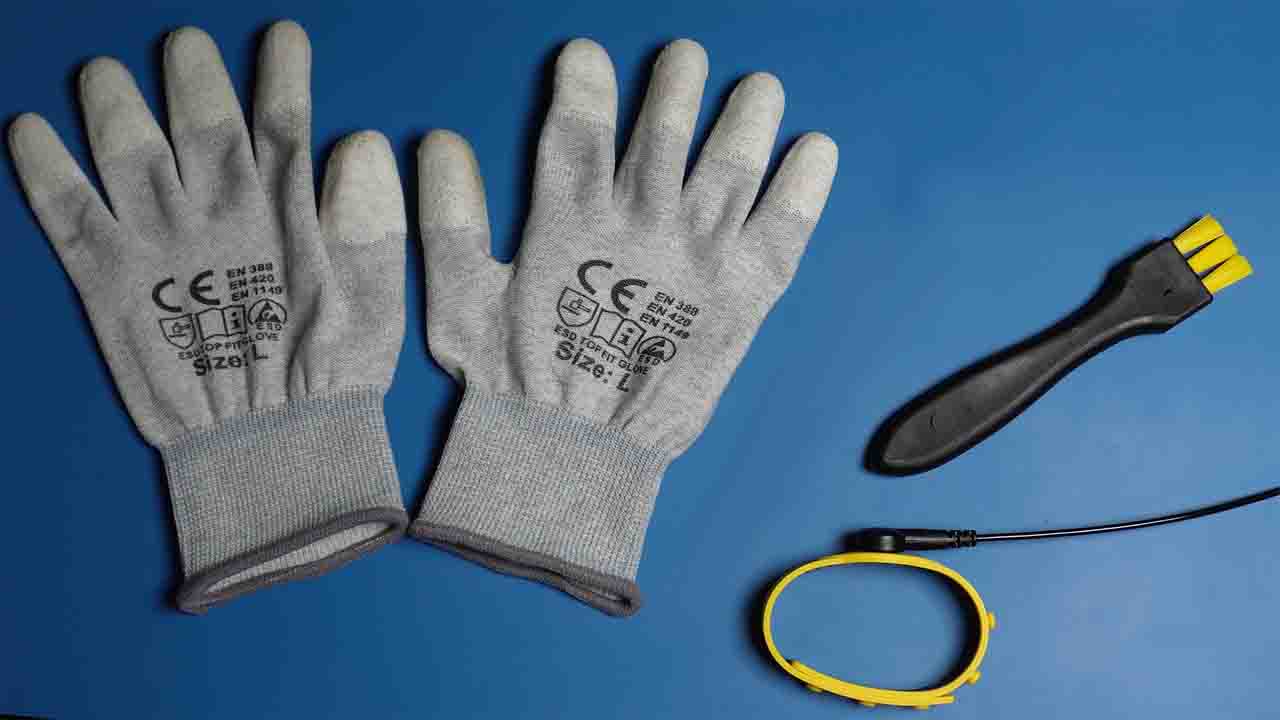Lean vs Greedy PCB Assembly in Electronics – Manufacturing Examples
Author Dmitrii KhramtsovPosted 17 May 2025
Updated 17 May 2025

What is lean manufacturing really about? How much does it cost when a manufacturing has a high defect rate on its PCBs? Why do these defects happen, and how can we fix them? How much money is lost because of untrained or careless assemblers?
In this article, I will tell you what it means to run a truly lean manufacturing process. Don’t confuse it with being cheap. These two things often go side by side, but they are fundamentally different.
Ask yourself: are we just trying to save a few dollars — or are we building a process that is truly efficient and cost-effective?
In this article, I will tell you what it means to run a truly lean manufacturing process. Don’t confuse it with being cheap. These two things often go side by side, but they are fundamentally different.
Ask yourself: are we just trying to save a few dollars — or are we building a process that is truly efficient and cost-effective?
From my experience, many managers simply don’t know the difference between cost-cutting and lean efficiency. They believe they’re saving money. But in most cases, it’s short-term thinking. These choices end up hurting production, people, and the quality of the product.
A manager might save $100. But a few months later, those savings lead to $1,000 in hidden losses. This happens more often than you think. With every such decision, the company loses more money.
Lean manufacturing isn’t about making one smart decision a month. It’s about fixing dozens of small problems every day. That’s how you build a strong and efficient system. It’s about improving operations in smart ways. Not blindly cutting what matters. Sadly, most decisions on the shop floor are based on saving money “right now,” not building long-term efficiency.
A manager might save $100. But a few months later, those savings lead to $1,000 in hidden losses. This happens more often than you think. With every such decision, the company loses more money.
Lean manufacturing isn’t about making one smart decision a month. It’s about fixing dozens of small problems every day. That’s how you build a strong and efficient system. It’s about improving operations in smart ways. Not blindly cutting what matters. Sadly, most decisions on the shop floor are based on saving money “right now,” not building long-term efficiency.
So, what does lean manufacturing involve in real life?
• Train your staff. If someone lacks knowledge, teach them. People must understand what they’re doing, how to do it, why it matters, and what quality is expected.
• Improve worker efficiency. People should focus on the job, not their phones. Everyone should have a clear KPI.
• Optimize your soldering and assembly processes.
• Look for smart ways to speed up production. Never sacrifice quality.
• Prevent assembly mistakes. Eliminate human mistakes wherever possible.
• Record and analyze all mistakes. Keep them organized and use that data.
• Cut wasted time. Even saving 10 seconds per task adds up across big batches.
• Reduce material and supply usage — but don’t go too far.
• Use your equipment more effectively. Prevent unnecessary stops.
• Avoid downtime. Keep people and machines busy in safe, balanced ways.
• Eliminate bottlenecks. Don’t let one slow step block the entire process.
• Choose the right equipment. Use it for the job it was meant for.
When you improve everything a little, the results add up. Quality gets better. Speed improves. And you use fewer resources overall.
• Improve worker efficiency. People should focus on the job, not their phones. Everyone should have a clear KPI.
• Optimize your soldering and assembly processes.
• Look for smart ways to speed up production. Never sacrifice quality.
• Prevent assembly mistakes. Eliminate human mistakes wherever possible.
• Record and analyze all mistakes. Keep them organized and use that data.
• Cut wasted time. Even saving 10 seconds per task adds up across big batches.
• Reduce material and supply usage — but don’t go too far.
• Use your equipment more effectively. Prevent unnecessary stops.
• Avoid downtime. Keep people and machines busy in safe, balanced ways.
• Eliminate bottlenecks. Don’t let one slow step block the entire process.
• Choose the right equipment. Use it for the job it was meant for.
When you improve everything a little, the results add up. Quality gets better. Speed improves. And you use fewer resources overall.
Below I will give some examples of lean PCBs manufacturing.
Stencil inspection
Some PCB projects repeat every few months. I always check the stencils before restarting such jobs. Yes — stencils wear out. They don’t last forever.
What do I check?
• Dents, scratches, damaged apertures, and thickness.

If the last batch had paste-related defects, I inspect even more carefully. Sometimes the stencil must be replaced. This may sound unnecessary, but it prevents major problems. If there’s too much soldering paste, you get shorts. Too little soldering paste — weak solder joints. Components might float or shift. That’s not the machine’s fault. It’s because of uneven or excess soldering paste.
I log these cases. Every project has a defect log. That helps spot the issue early next time. Rework is slow. If there are 10,000 bad joints, fixing them could take weeks. Even if you stop the line in time, that still costs money.
If manager says that ordering a new stencil is a waste — they’re wrong. That’s not lean. That’s shortsighted.
What do I check?
• Dents, scratches, damaged apertures, and thickness.

If the last batch had paste-related defects, I inspect even more carefully. Sometimes the stencil must be replaced. This may sound unnecessary, but it prevents major problems. If there’s too much soldering paste, you get shorts. Too little soldering paste — weak solder joints. Components might float or shift. That’s not the machine’s fault. It’s because of uneven or excess soldering paste.
I log these cases. Every project has a defect log. That helps spot the issue early next time. Rework is slow. If there are 10,000 bad joints, fixing them could take weeks. Even if you stop the line in time, that still costs money.
If manager says that ordering a new stencil is a waste — they’re wrong. That’s not lean. That’s shortsighted.
Repairing PCBs Without a Microscope
Imagine a contract PCBs assembly manufacturer. New projects arrive every day. Some are new, some are repeat jobs. Sometimes they come back-to-back.
Two PCB boards have issues. the boards are moved to the repair area. You walk in and see coworker trying to fix a QFN component without a microscope. That doesn’t work. Microscopes are the most important tool in PCB repair.

If an assembler says that he sees everything well, then this is definitely not true. They’re guessing. And that leads to bad results. The fix is simple - buy a microscope. Even a microscope for a few hundred dollars is better and will improve quality and speed of repair works.
But a microscope alone is not enough. Assemblers need proper skills. They must know what they’re doing. If not — train them. Take IPC repair courses. Assemblers also need hands-on experience. Without tools or knowledge, you can’t expect good results.
Some managers think they are saving money by skipping microscopes, other tools and training. But they will lose several times more money when fixing bad PCBs. If rework is fast, assemblers can move on. If not, defective PCB boards pile up. One person can’t keep up. Stress builds. Customers complain. Managers panic. All of this happens because of one bad decision: ignoring the basics.
Two PCB boards have issues. the boards are moved to the repair area. You walk in and see coworker trying to fix a QFN component without a microscope. That doesn’t work. Microscopes are the most important tool in PCB repair.

If an assembler says that he sees everything well, then this is definitely not true. They’re guessing. And that leads to bad results. The fix is simple - buy a microscope. Even a microscope for a few hundred dollars is better and will improve quality and speed of repair works.
But a microscope alone is not enough. Assemblers need proper skills. They must know what they’re doing. If not — train them. Take IPC repair courses. Assemblers also need hands-on experience. Without tools or knowledge, you can’t expect good results.
Some managers think they are saving money by skipping microscopes, other tools and training. But they will lose several times more money when fixing bad PCBs. If rework is fast, assemblers can move on. If not, defective PCB boards pile up. One person can’t keep up. Stress builds. Customers complain. Managers panic. All of this happens because of one bad decision: ignoring the basics.
ESD Protection
Many electronic productions have no ESD protection at all. Maybe grounding only the big machines, but nothing else. No ESD mats, tables. No wrist straps. No ESD floor. People wear sweaters in winter. Windows are open. Air is dry. And these people are assembling PCBs. May be yours!

You can ask them: “What if tomorrow you get a Printed Circuit Boards with ESD-sensitive components? That could happen any day.”
Without proper ESD protection, electronic components can be damaged by a simple touch. I have seen it. Sparks fly. Meanwhile, ICs are getting damaged silently. Then what? You have 100 defective printed circuit boards. Who is to blame?
I have seen the excuses: bad design, faulty parts, defective batch from China. But the truth is — the company did not invest in ESD protection. That’s not about lean. That’s bad management.
Real case: 1,000 pcbs. Processors were ESD-sensitive. After manual handling, more then 800 of pcbs were damaged. Why? Static discharge from the assemblers while installing the board in the cases.
All of this can be avoided. But many manufacturers keep skipping esd protection to save money. Or from a lack of understanding of the processes. PCBs suffer.

You can ask them: “What if tomorrow you get a Printed Circuit Boards with ESD-sensitive components? That could happen any day.”
Without proper ESD protection, electronic components can be damaged by a simple touch. I have seen it. Sparks fly. Meanwhile, ICs are getting damaged silently. Then what? You have 100 defective printed circuit boards. Who is to blame?
I have seen the excuses: bad design, faulty parts, defective batch from China. But the truth is — the company did not invest in ESD protection. That’s not about lean. That’s bad management.
Real case: 1,000 pcbs. Processors were ESD-sensitive. After manual handling, more then 800 of pcbs were damaged. Why? Static discharge from the assemblers while installing the board in the cases.
All of this can be avoided. But many manufacturers keep skipping esd protection to save money. Or from a lack of understanding of the processes. PCBs suffer.
PCBs Cleaning
Here's another problem - manual cleaning of PCBs. This is a big problem in many repair shops and assembly productions. Many still clean with isopropyl alcohol or random chemicals. For cleaning soldering flux the isopropyl alcohol doesn't work every time like you want. A white residue may appear on the surface. Assemblers start scraping the white residue with tweezers. The mask is ruined. Why? To save money. No cleaning machines. No proper cleaning solvents. Just rough work.
It ruins the PCB boards. It's ineffective. It costs more than buying the right PCB cleaning equipment and special liquids.
It ruins the PCB boards. It's ineffective. It costs more than buying the right PCB cleaning equipment and special liquids.
ESD Brushes
Two brushes. One is ESD PCB cleaning brush. The other is a paint brush. You see assembler scrubbing flux with old paint brush. The brush was almost bald and did not wash off the flux.
You tell the manager: replace it, assemblers need the right tool. One ESD brush costs $16-20. But it lasts much longer.
Company will save the assembler’s time, the manager's time, improve the quality of the pcb board and the speed of the process. The right tools will lead to lean results.
You tell the manager: replace it, assemblers need the right tool. One ESD brush costs $16-20. But it lasts much longer.
Company will save the assembler’s time, the manager's time, improve the quality of the pcb board and the speed of the process. The right tools will lead to lean results.
ESD Gloves
Assembler receives ESD gloves for soldering. Then uses the esd gloves to lubricate some machines. The next day, the ESD gloves are unsuitable for soldering. However, there are gloves for oil and grease in the warehouse. No one told him. This leads to unnecessary waste and overuse of materials. No one explains anything.
Now imagine that 40 employees do this every week - gloves, soldering tips, forgotten lighting, dozens of such items and indifference. Talk with your people. This is important. Like and comment if you think this way of thinking is correct in production.
Now imagine that 40 employees do this every week - gloves, soldering tips, forgotten lighting, dozens of such items and indifference. Talk with your people. This is important. Like and comment if you think this way of thinking is correct in production.
Conclusion
The difference between lean and greedy production is huge. Lean is structure, analysis, training people, the right equipment, culture, the right investments. Greed is when you skimp on important things and pretend that it is efficiency. Sometimes no one in the production knows what to do. It happens. But when it does, the damage can be huge.
Thank you for reading!
Watch video about Lean vs Greedy Electronics Manufacturing!



